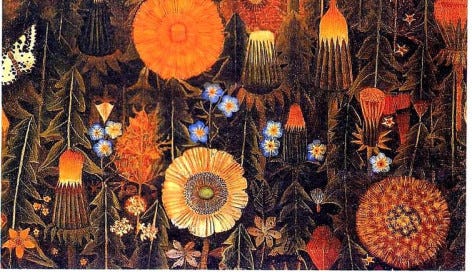I have a distinct memory from when I was a kid, probably like 5 or 6 years old, riding in the car in the ‘way back’ of my mom’s station wagon. I remember thinking to myself about perception of color and sitting with this question for quite awhile: “How do I know that the blue I see is the same as the person next to me?” I asked my mom and she told me sh…
Keep reading with a 7-day free trial
Subscribe to Earthling to keep reading this post and get 7 days of free access to the full post archives.




